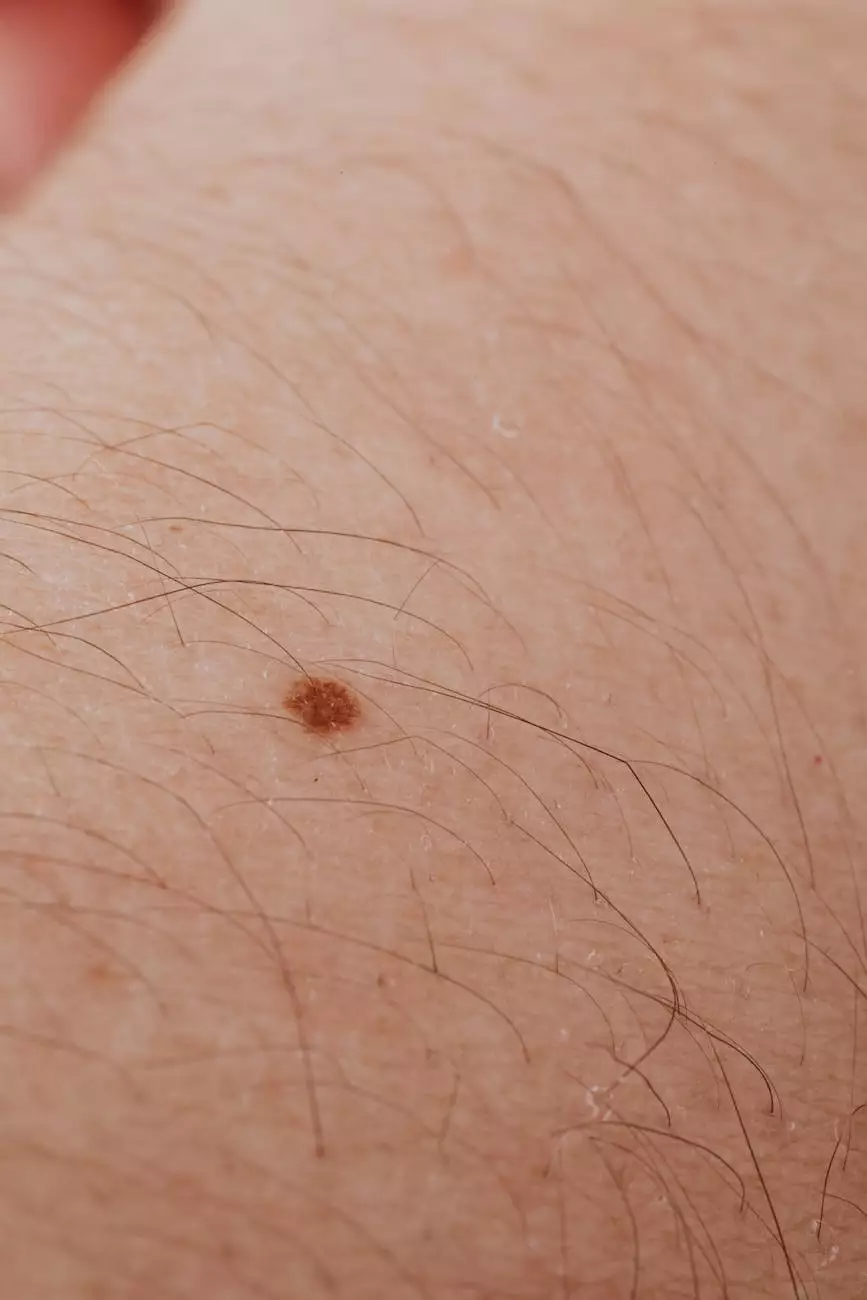How to Get Rid of Mole Crickets
Maintenance Tools
Introduction
Welcome to Big Grill Shop's comprehensive guide on how to get rid of mole crickets. If you're dealing with these destructive pests in your lawn or garden, you've come to the right place. Mole crickets can cause significant damage to your turf, so it's important to take action and implement effective control measures. In this article, we will provide you with expert tips and advice on how to eliminate mole crickets and protect your outdoor space.
Understanding Mole Crickets
Mole crickets, scientific name Gryllotalpidae, are common pests that burrow beneath the surface of your lawn and create extensive tunnel networks. They belong to the order Orthoptera, which also includes grasshoppers and crickets. Mole crickets measure between 1.5 to 2 inches in length and have stout, mole-like forelimbs adapted for digging.
Identifying Mole Cricket Damage
Mole cricket damage is easily recognizable, characterized by irregular patches of dead or dying grass in your lawn. These pests feed on grass roots, causing the affected areas to become weak and brownish-yellow. Additionally, mole crickets create unsightly tunnels that can disrupt the evenness of your turf and lead to further decline in aesthetic appeal.
Why is Control Important?
Mole crickets are not just an eyesore, but they can also negatively impact the health and resilience of your lawn. By feeding on grass roots and creating tunnels, they weaken the grass and make it more susceptible to other forms of damage, such as drought stress or disease. Implementing effective control measures is crucial to prevent further damage and restore the vitality of your outdoor space.
Effective Methods for Mole Cricket Control
1. Cultural Practices
Implementing proper cultural practices is one of the most crucial steps in preventing mole cricket infestations. Regular mowing, watering, and fertilizing can help maintain a healthy and resilient grass cover. Mole crickets prefer moist environments, so managing irrigation to avoid overwatering can deter their presence. Additionally, maintaining a well-drained lawn can reduce their attraction to your yard.
2. Biological Control
Introducing natural enemies of mole crickets, such as parasitic nematodes or specialized fungi, can be an effective and environmentally friendly approach to control their populations. These natural predators target mole cricket larvae or adults, providing long-term suppression without harmful chemicals. Consult with a local expert or garden center to identify the most suitable biological controls for your area.
3. Chemical Control
If cultural and biological control methods fail to provide sufficient mole cricket control, chemical treatments may be necessary. However, it's important to follow the instructions and safety guidelines on the product labels. Consider using insecticides specifically labeled for mole cricket control, and always prioritize low-toxicity options to minimize potential harm to beneficial insects and the environment. Apply the insecticide during the mole cricket's active period, usually in spring or early summer.
4. Trapping
Placing mole cricket traps in your lawn can be an effective method to capture and remove these pests. There are various types of traps available, such as pitfall traps or even DIY options. Traps work by attracting mole crickets into a container from which they cannot escape. Regularly monitor the traps and dispose of the captured mole crickets in a sealed bag or container.
5. Professional Assistance
If your mole cricket infestation persists or if you prefer expert assistance, don't hesitate to reach out to a professional pest control company specializing in lawn care. They have the knowledge, experience, and access to effective control methods that can help you manage mole crickets and restore the health of your turf.
Conclusion
Getting rid of mole crickets requires a combination of proactive approaches, careful monitoring, and the right control methods. By implementing cultural practices, considering biological controls, and, if needed, employing chemical treatments or trapping, you can effectively manage mole cricket populations and protect your lawn and garden. Remember, early detection and timely action are key to preventing severe damage. For all your lawn care needs and further guidance on mole cricket control, visit Big Grill Shop. We are here to assist you in creating a mole cricket-free environment for your outdoor space.









